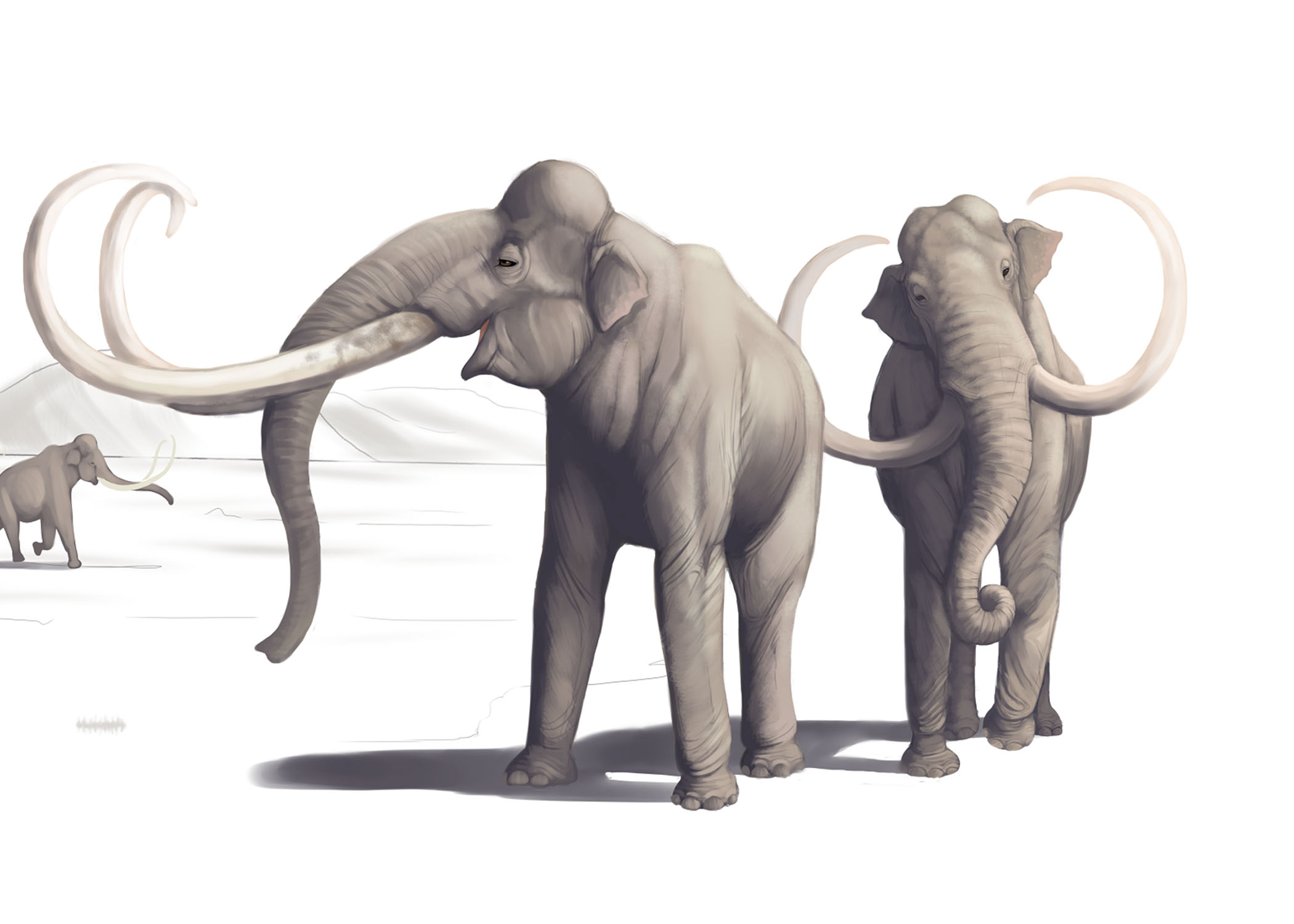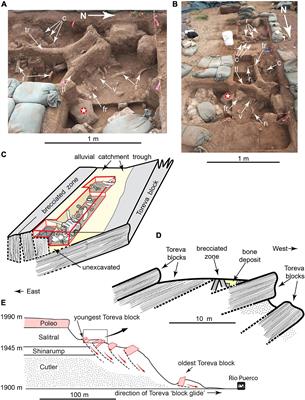The “more” being a flood of popular articles, as the paper has been published. Link below. This is exciting stuff if it holds up. What strikes me as especially engaging is the support lent to the possibility that there were two founding populations to the Americas, with a far earlier pre-Clovis peopling involving people related to Australasians.
AUSTIN, Texas — About 37,000 years ago, a mother mammoth and her calf met their end at the hands of human beings.
Bones from the butchering site record how humans shaped pieces of their long bones into disposable blades to break down their carcasses, and rendered their fat over a fire. But a key detail sets this site apart from others from this era. It’s in New Mexico – a place where most archaeological evidence does not place humans until tens of thousands of years later.
A recent study led by scientists with The University of Texas at Austin finds that the site offers some of the most conclusive evidence for humans settling in North America much earlier than conventionally thought.
AUSTIN, Texas — About 37,000 years ago, a mother mammoth and her calf met their end at the hands of human beings.
Bones from the butchering site record how humans shaped pieces of their long bones into disposable blades to break down their carcasses, and rendered their fat over a fire. But a key detail sets this site apart from others from this era. It’s in New Mexico – a place where most archaeological evidence does not place humans until tens of thousands of years later.
A recent study led by scientists with The University of Texas at Austin finds that the site offers some of the most conclusive evidence for humans settling in North America much earlier than conventionally thought.


Comment